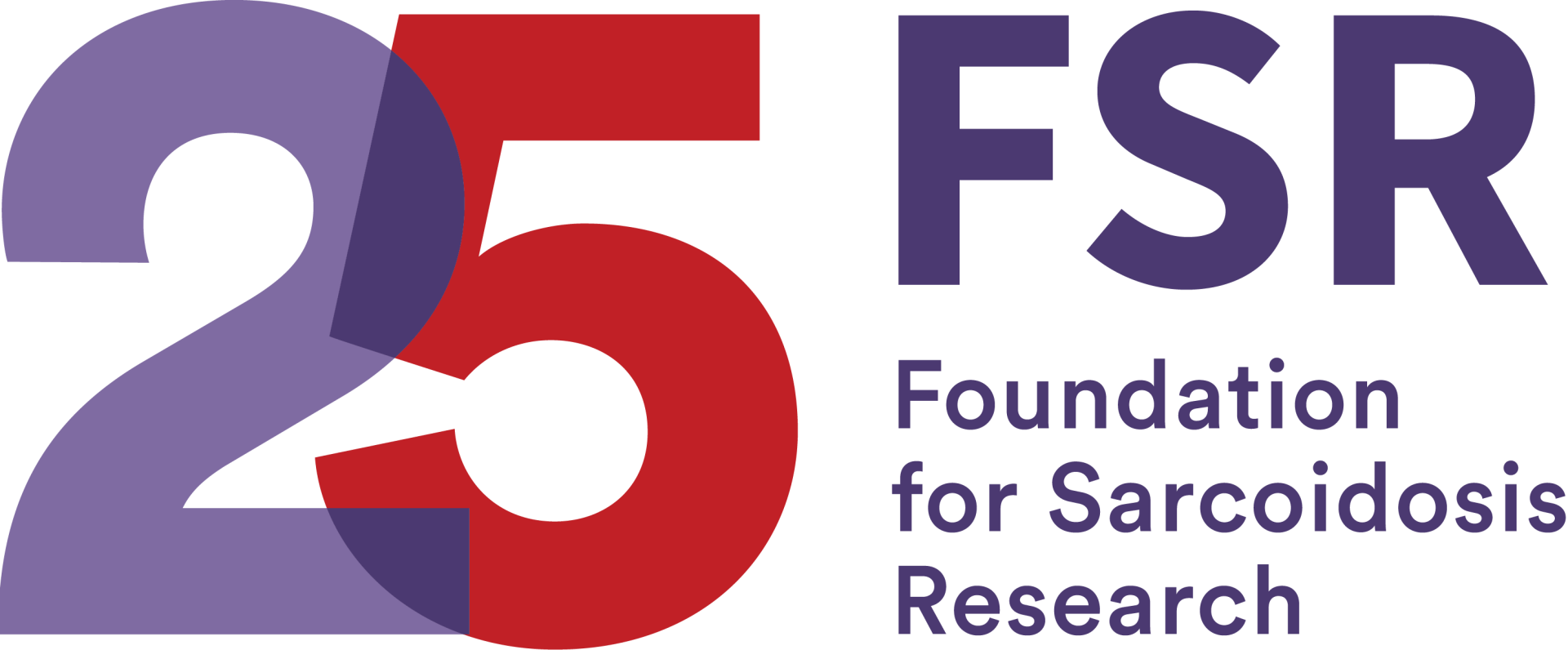Due to their ability to suppress inflammation, corticosteroids are often shown to improve symptoms and prevent permanent organ damage when their side effects are well tolerated. As such, they remain a first-line therapy for sarcoidosis. Six phases of therapy are generally recommended by experts:
- the initial dose;
- tapering the dose;
- the maintenance dose;
- tapering-off;
- the observation period;
- the relapse dose.
This approach will be tailored to each patient, ensuring that the extent to which their disease is affecting organ function and their quality of life is taken into account. In some patients, however, the side effects of therapy proves to be too much and/or the inflammation will continue despite steroid treatment. In those cases, a second-line therapy such as methotrexate is recommended. Please share the Sarcoidosis Treatment Protocol with your physician if your symptoms do not improve or if the side effects of treatment with corticosteroids become too much to handle.
You should feel comfortable discussing all of the risks and benefits of treatment with your physicians. Write down the concerns you have in advance of your appointment so you feel prepared for the discussion. You may also consider asking some of the questions provided below to ensure you fully understand your options.
Questions to Ask Your Doctor Regarding Treatment with Corticosteroids
- What is the intended treatment plan?
- What dose of steroids will we start with? What is the ultimate goal?
- How will you decide when and how quickly to taper the steroid dose? How often should I plan to see you during this process?
- Are there any side effects that should elicit concern? What are they and how should I respond if I experience them?
- If the steroids are not effective or if the side effects are intolerable, are you aware of any steroid-sparing therapies I can consider?
The hope is that the initial dose of steroids will improve your symptoms and that you’ll be able to taper to a very low dose or come off of them completely.
